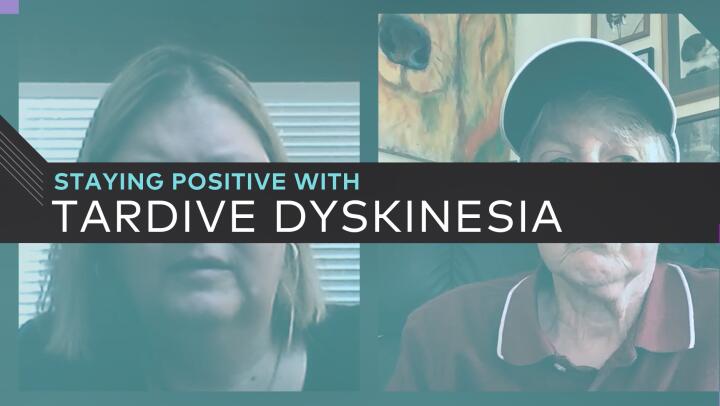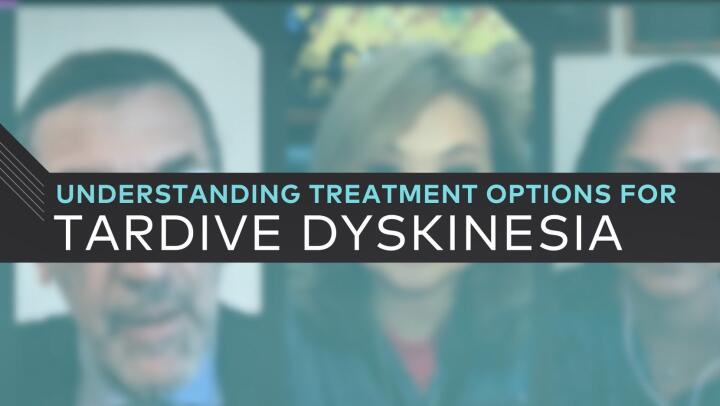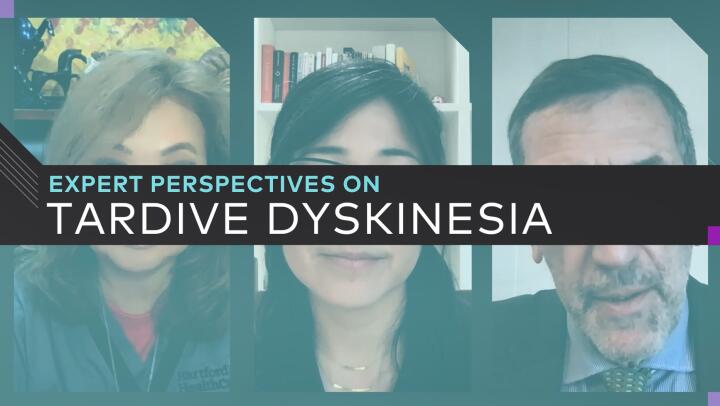
The field of psychiatry understands more about schizophrenia than ever before. Along with our increased knowledge of how this disease affects the brain, we’ve also developed new treatments for managing the disease. Gone are the days of institutionalization and long-term disability. Many people with schizophrenia are now able to live productive lives and are active contributing members to our society.
Schizophrenia is characterized by a constellation of symptoms that we describe as negative or positive symptoms. Most people are familiar with the positive symptoms (hallucinations, delusions), while negative symptoms (signs of cognitive dysfunction) are less apparent. Ideally, newer treatments aim to target both types of symptoms, although we still continue to do a better job treating positive ones.
Electrical Convulsive Treatment
One of the first treatments for schizophrenia was non-pharmacological. Electrical Convulsive Treatment (ECT) was used as an effective treatment for schizophrenia when scientists realized that by inducing a seizure, psychotic symptoms resolved. ECT continues to be utilized for cases of schizophrenia that do not respond to medications. In fact, catatonic schizophrenia responds best to ECT. In this case, the disease affects cognitive functioning so much that the person may be unable to communicate, eat or drink, or even move.
Antipsychotics
With the discovery of antipsychotics, the future of patients with schizophrenia brightened significantly. The first antipsychotic discovered was chlorpromazine (Thorazine). Numerous antipsychotics were derived from its formulation and were aimed to treat primarily the positive symptoms of schizophrenia. Unfortunately, negative symptoms were left untreated or were worsened by the treatment. This greatly affected compliance since feeling slowed, numbed or dulled-down caused many patients to discontinue their treatment. With the discovery of clozapine (Clozaril), patients that did not respond to first generation antipsychotics were given an alternative treatment that is highly effective. One additional advantage of clozapine was and continues to be its protection against suicidal thoughts or tendencies. Treatment with clozapine requires monitoring the body's white blood cells because there’s a risk levels may get too low on this medication.
Atypical Antipsychotics
Atypical antipsychotics are the newest generation of antipsychotics, known to be derivatives of clozapine. These medications are effective for positive symptoms of schizophrenia and may also impact negative symptoms. Atypical antipsychotics are more tolerable and have fewer side effects than other treatments. Some examples include risperidone (Risperdal), ziprasidone (Geodon), olanzapine (Zyprexa), aripiprazole (Abilify), asenapine (Saphris), paliperidone (Invega), bexpiprazole (Rexulti), and quetiapine (Seroquel). All of these medications have different side effects; however they all require close monitoring of blood sugars, cholesterol, blood pressure, and weight. This is due to the risk of what we call “metabolic syndrome,” which can lead to hypertension, diabetes, and high cholesterol over time if not monitored and addressed with diet and nutrition.
Long-Acting Injectables
The newest and most promising discoveries in schizophrenia treatment are long-acting injectables (LAIs). These are injectable forms of medication, so they do not require taking a pill daily. The first LAIs were introduced as forms of older generation antipsychotics: haloperidol (Haldol) and fluphenazine (Prolixin). Now, several of the newer generation atypical antipsychotics are offered in this form. LAIs are known to improve compliance and thus reduce the risk of symptoms returning. We now believe that stopping medications makes it more difficult to treat symptoms in the future and can even cause them to be more severe as the disease progresses. Thus, the introduction of LAIs has greatly reduced the recurrence of symptom relapse and led to decreased hospitalizations. Some evidence suggests that LAIs are more effective than their counterparts in treating symptoms of schizophrenia, as the medication is released in the blood more consistently over time than oral medications.
We are still working to find more treatments that are even more effective at treating schizophrenia. Due to these advances in the field of psychiatric medicine, people with schizophrenia can get relief from their suffering, lead productive lives, and contribute to society. We continue to advocate for better and more tolerable treatments.












